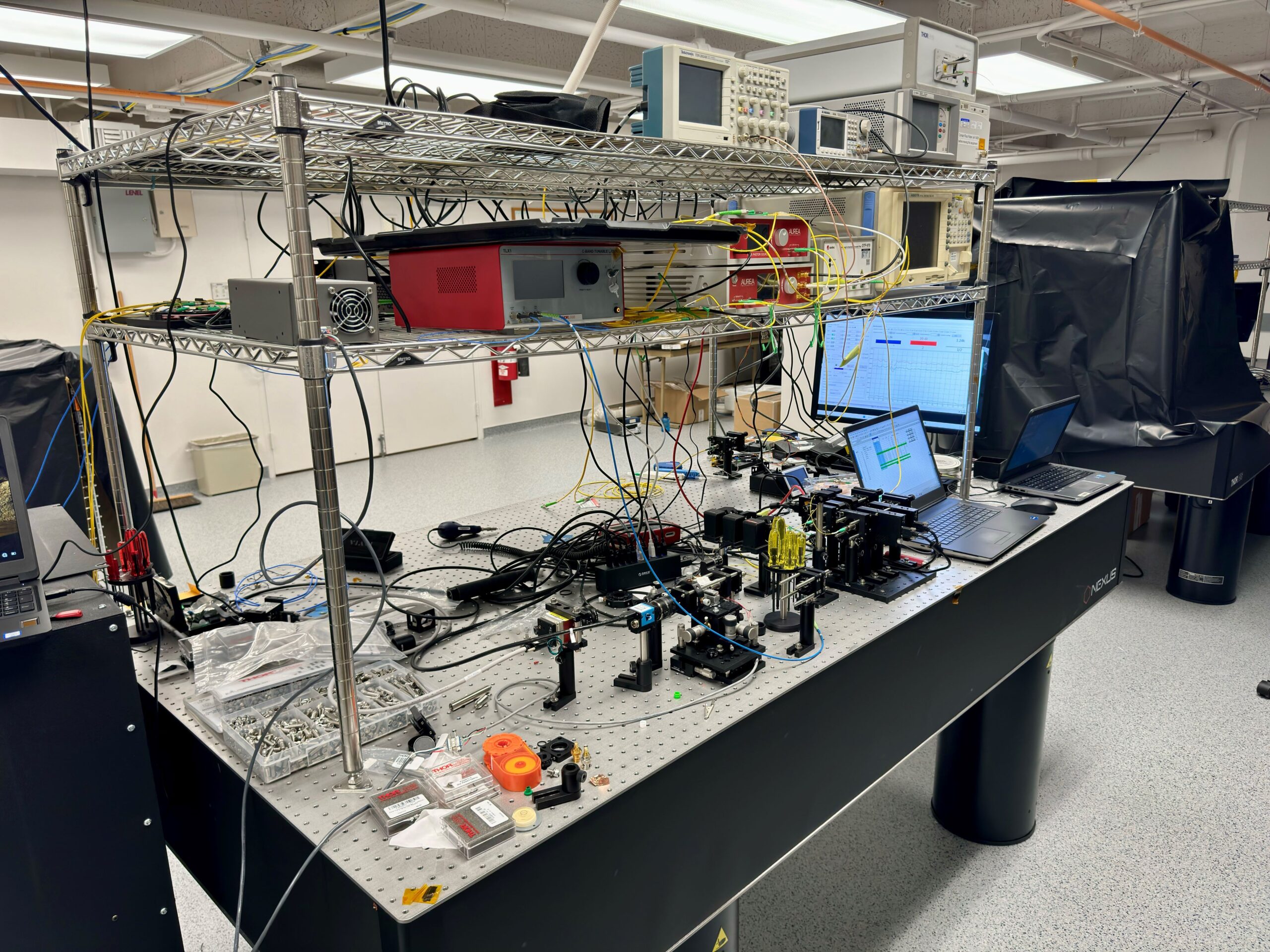Precision Quantum Clock Synchronization: A Leap Forward in Space Communication and Navigation
In the quest for impeccable timekeeping and synchronization, NASA’s Goddard Space Flight Center has embarked on ambitious projects to enhance spacecraft communication, navigation, and astronomical observations. Supported by the center’s Internal Research and Development program, three dedicated teams are pioneering innovative technologies such as quantum and optical communications to refine clock precision and synchronization.
The Importance of Clock Synchronization
Accurate timekeeping is essential for numerous crucial functions in society, including power grid management, stock market operations, and financial transactions. Similarly, NASA relies on clock synchronization to determine spacecraft positions and set navigation parameters. Alejandro Rodriguez Perez, a researcher at NASA Goddard, emphasizes the significance of this technology: "Society requires clock synchronization for many crucial functions like power grid management, stock market openings, financial transactions, and much more. NASA uses clock synchronization to determine the position of spacecraft and set navigation parameters."
However, synchronizing clocks, especially those on high-speed spacecraft, poses a challenge. Over time, clocks tend to drift apart, becoming increasingly out of sync. Rodriguez Perez aims to develop a method to precisely synchronize these clocks and maintain their synchronization using quantum technology.
Quantum Clock Synchronization
In quantum physics, particles can become entangled, behaving as a single entity and occupying two states simultaneously. Applying quantum protocols to entangled photons can provide a precise and secure way to synchronize clocks across vast distances. This synchronization protocol, known as spontaneous parametric down-conversion, involves one photon splitting into two new photons. Detectors analyze the timing of these photons and use mathematical functions to determine the time offset between them, thereby synchronizing the clocks.
Currently, clock synchronization is achieved using GPS. However, this new protocol could enable precise synchronization in areas where GPS access is limited, such as the Moon or deep space.
Enhancing Astronomical Observations
In astronomy, larger telescopes typically yield better imagery. Guan Yang, an optical physicist at NASA Goddard, explains the potential of synchronized telescopes: "If we could hypothetically have a telescope as big as Earth, we would have incredibly high-resolution images of space, but that’s obviously not practical. What we can do, however, is have multiple telescopes in various locations and have each telescope record the signal with high time precision. Then we can stitch their observations together and produce an ultra-high-res image."
This concept, known as very long baseline interferometry (VLBI), involves linking observations from multiple telescopes to create a powerful, unified observation. For VLBI to be effective, the telescopes require high-precision clocks to timestamp their data accurately. High-powered computers then assemble this data into a single, detailed observation, offering greater detail than any individual telescope could achieve alone. This technique enabled the Event Horizon Telescope’s network of observatories to capture the first image of a black hole at the center of our galaxy.
Yang’s team is developing clock technology that could facilitate the application of this technique in space, potentially unlocking numerous discoveries.
Advancements in Atomic Clocks
Spacecraft navigation systems currently rely on onboard atomic clocks for accurate timekeeping. Holly Leopardi, a physicist at NASA Goddard, is researching optical atomic clocks, which offer greater precision than existing atomic clocks. While these clocks exist in laboratory settings, Leopardi and her team aim to develop a spacecraft-ready version that provides enhanced precision.
The team is working on the Optical Atomic Strontium Ion Clock (OASIC). Unlike current spacecraft clocks that use microwave frequencies, OASIC employs optical frequencies. Leopardi explains, "Optical frequencies oscillate much faster than microwave frequencies, so we can have a much finer resolution of counts and more precise timekeeping."
The OASIC technology is approximately 100 times more precise than the previous state-of-the-art spacecraft atomic clocks. This increased accuracy could enable new scientific observations that were previously impossible. "When you use these ultra-high precision clocks, you can start looking at the fundamental physics changes that occur in space," Leopardi said, "and that can help us better understand the mechanisms of our universe."
The Future of Timekeeping in Space
The advancements in timekeeping technologies being developed by these teams at NASA Goddard hold the potential to revolutionize our understanding of the universe. Enhanced clock synchronization and precision could lead to groundbreaking discoveries in our solar system and beyond. As these technologies continue to evolve, they promise to open new frontiers in space exploration and scientific research.
For more information on the innovative research being conducted at NASA Goddard, visit their official website.
For more Information, Refer to this article.


































